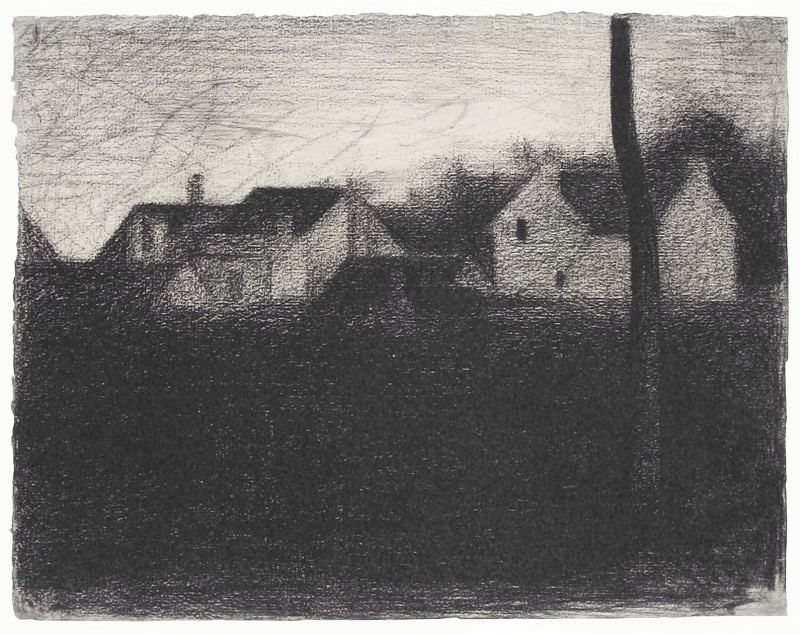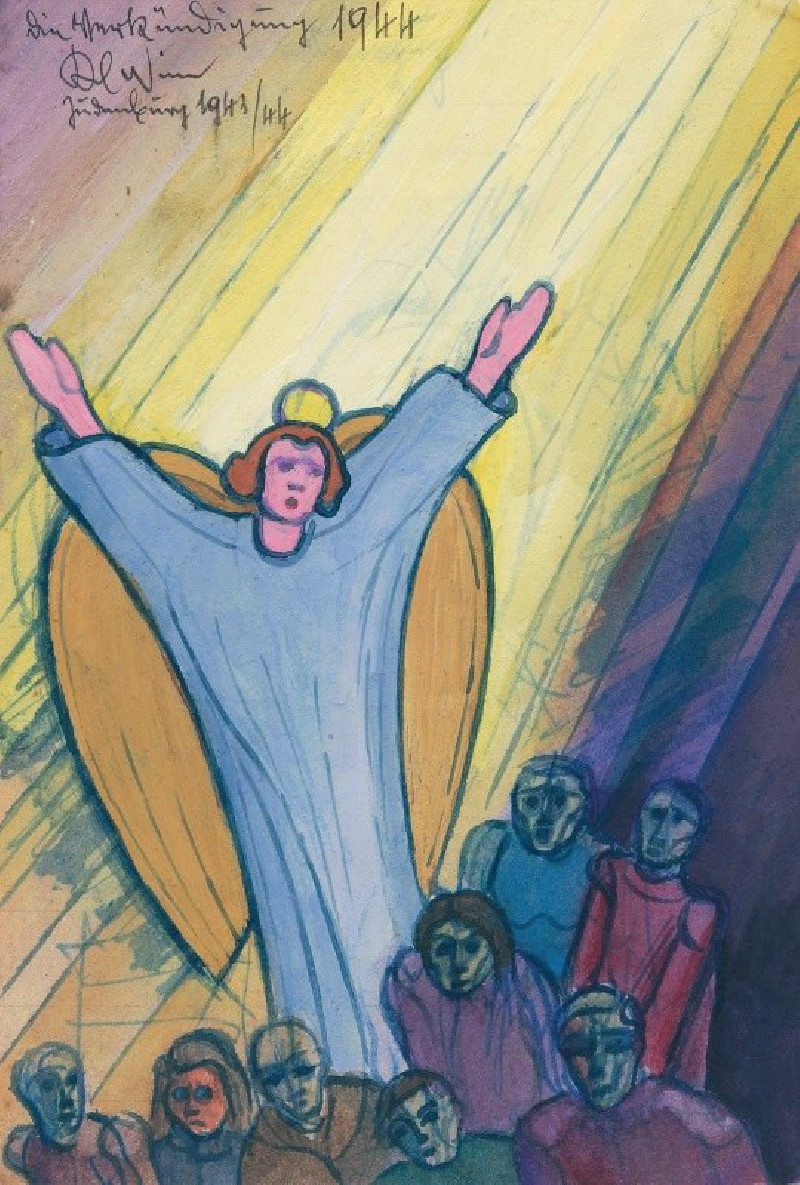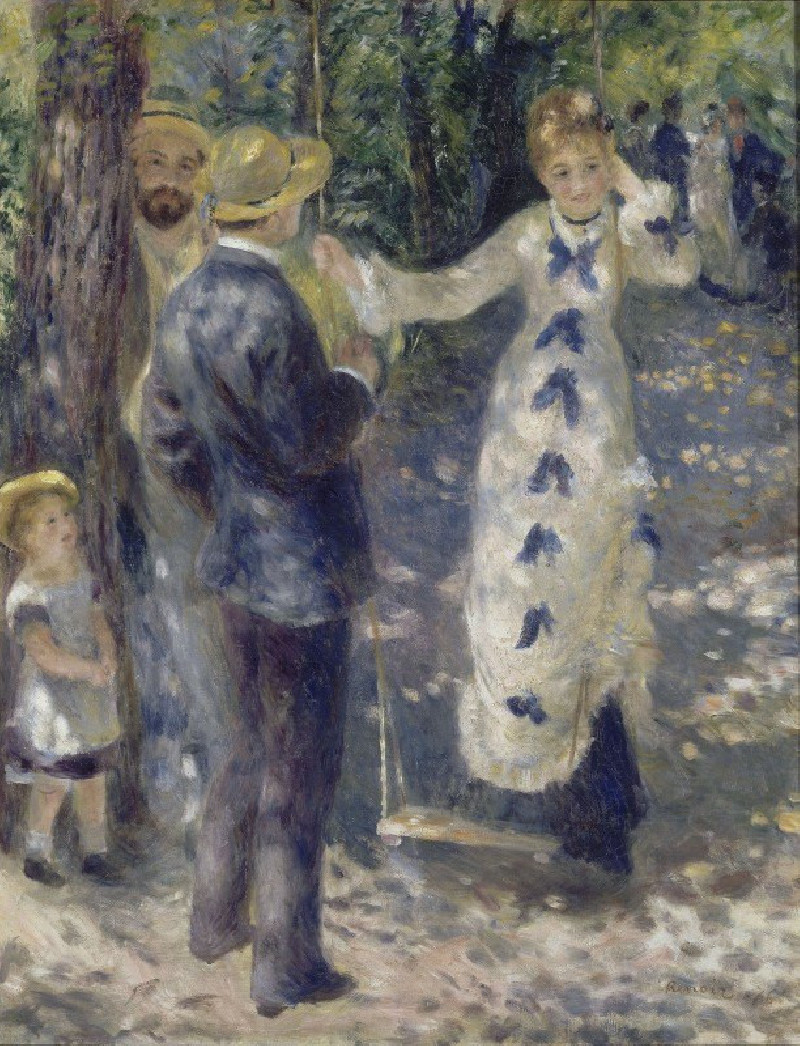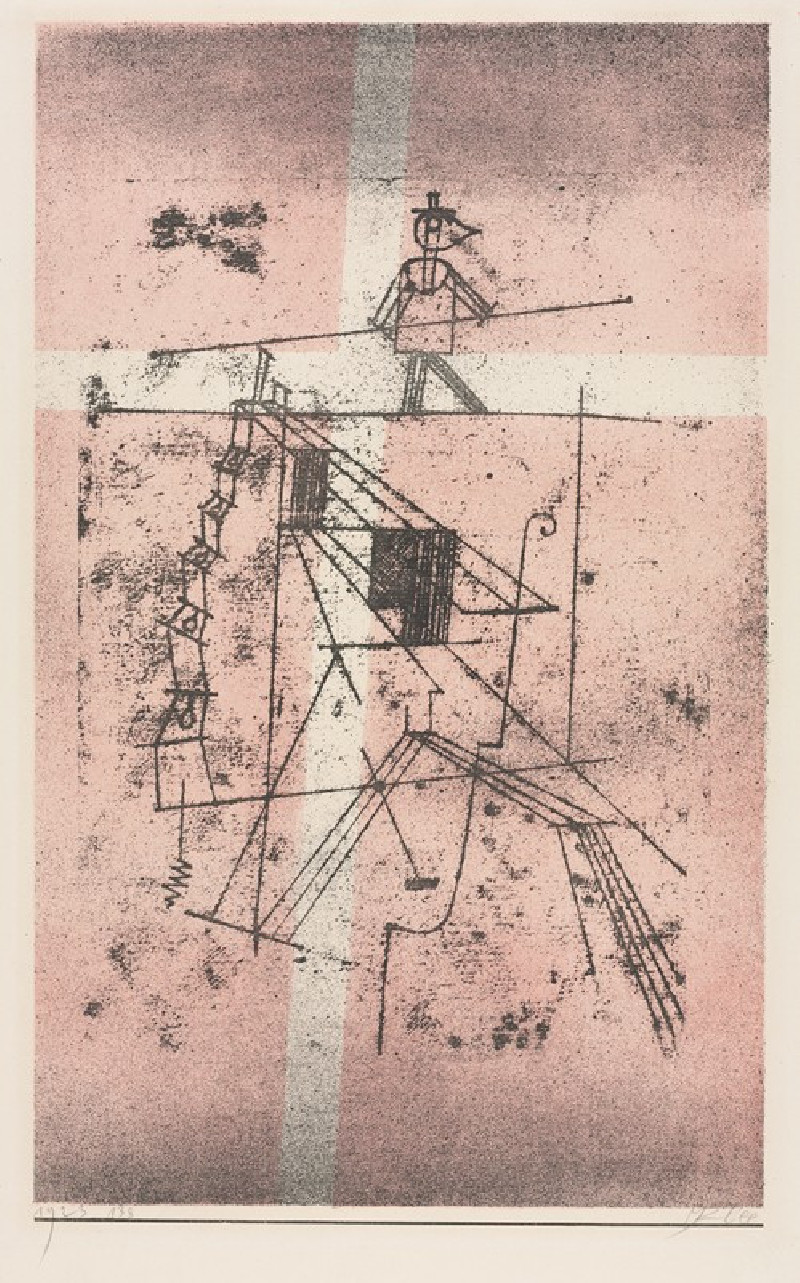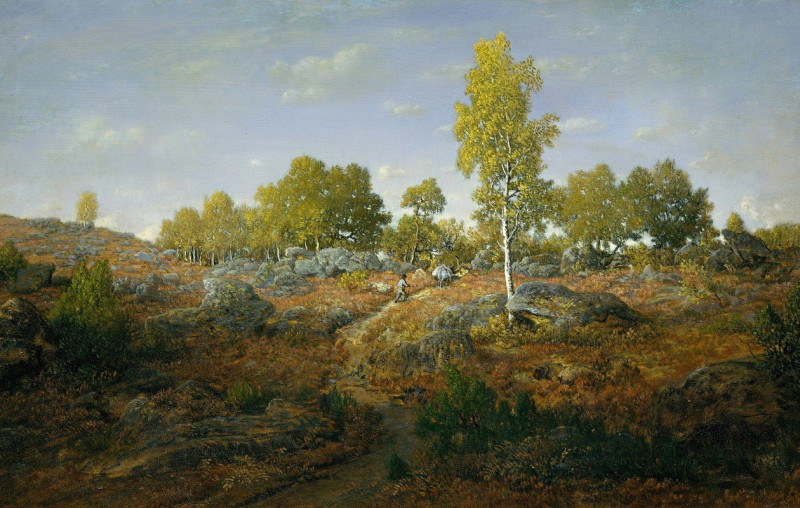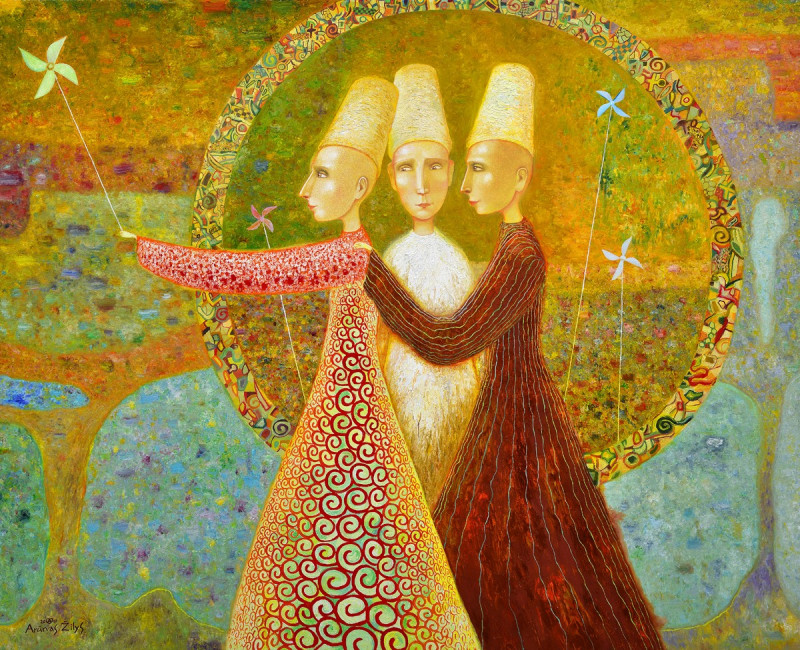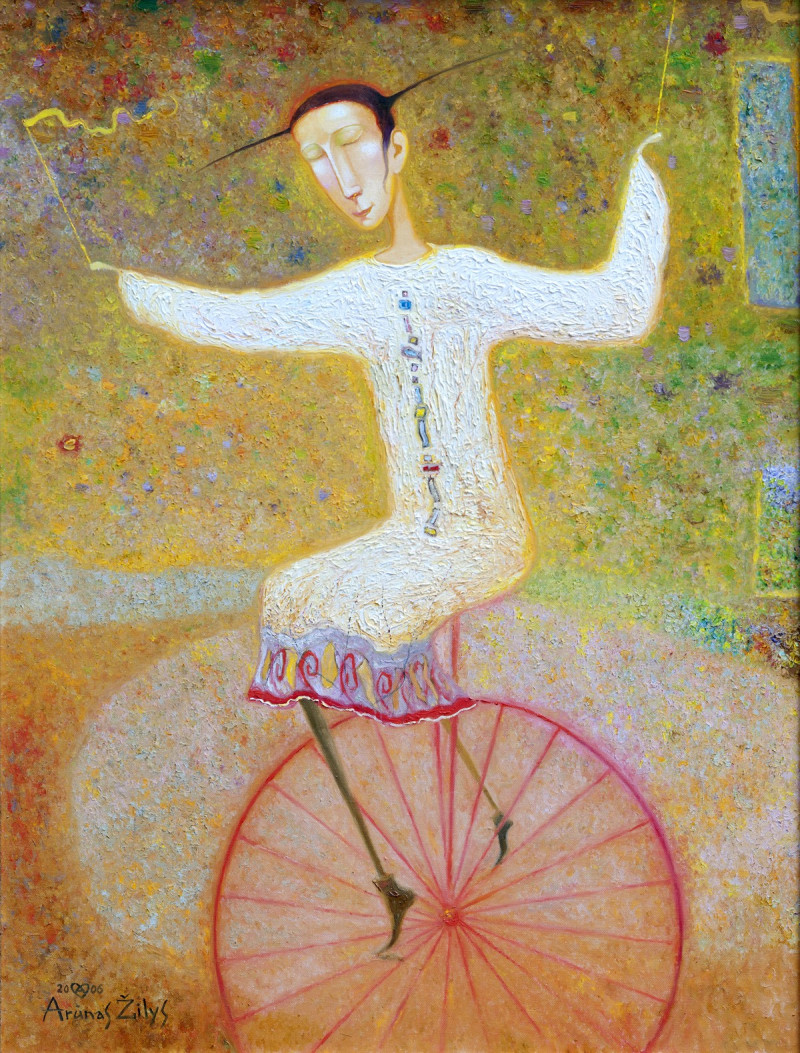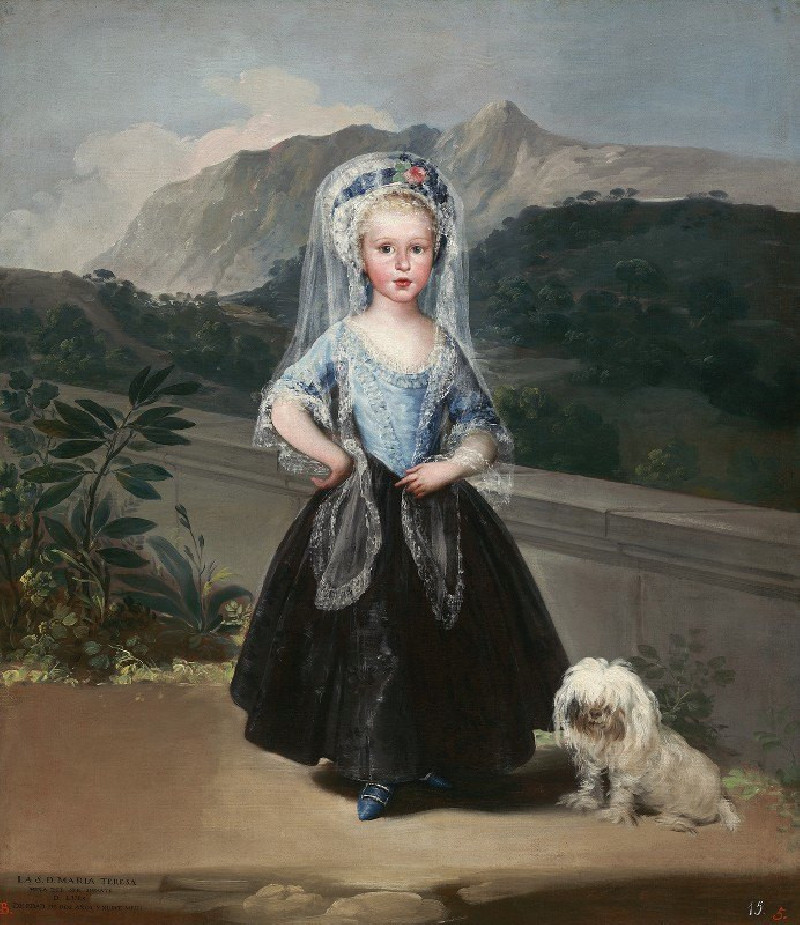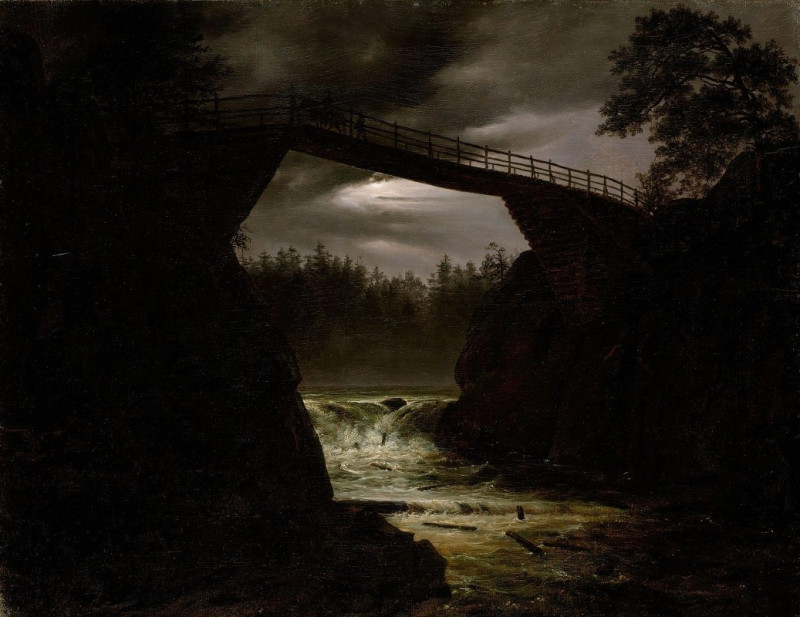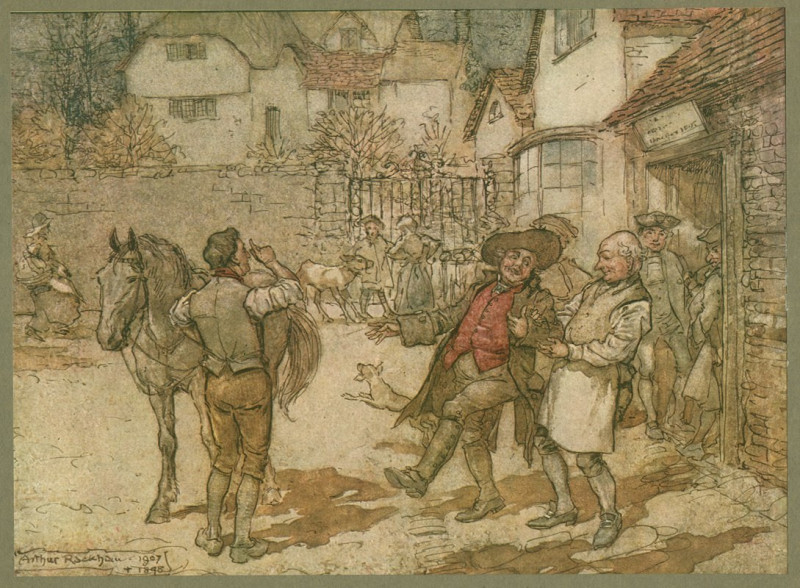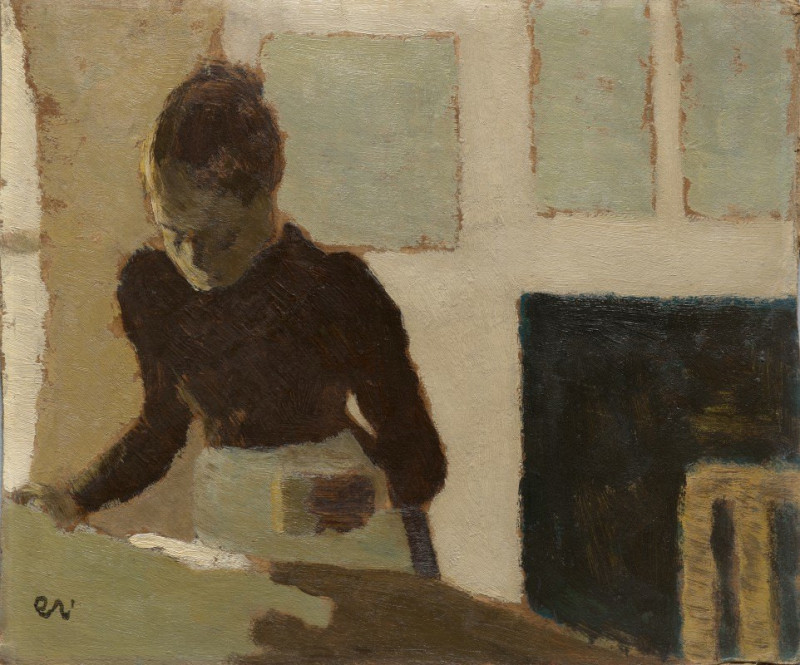Landscape with Poplars (1929)
Technique: Giclée quality print
Recommended by our customers
More about this artwork
Paul Klee's enchanting painting, "Landscape with Poplars," beautifully encapsulates his unique abstract style that invites viewers into a serene, imaginative world. Painted in 1929, this artwork stands as a sublime example of Klee’s mastery in blending color and form to evoke emotion and narrative.In this painting, Klee presents a series of horizontal bands that suggest various elements of a landscape. The use of muted earth tones and soft pastels create a gentle harmony, drawing the eye across the canvas. The vertical accents of dark green, representing poplar trees, pierce the horizontal calmness, adding depth and focus. These poplars are subtly defined, standing as distant, watchful figures against a dreamy backdrop.What strikes most in "Landscape with Poplars" is the abstract simplicity that doesn't just depict a scene but rather conveys a mood. Klee uses color blocks and minimalistic shapes to compose a landscape that feels both familiar and fantastically otherworldly. Each layer in the painting offers a different element of the natural world — sky, fields, or earth, yet they all contribute to an integrated whole that beckons for contemplation.This painting is not only a visual journey but also an invitation to explore the world through Klee’s eyes, where each element, while simple, holds a profound aesthetic and emotional weight.
Delivery
Returns
Paul Klee was a Swiss-born German artist. His highly individual style was influenced by movements in art that included expressionism, cubism, and surrealism. Klee was a natural draftsman who experimented with and eventually deeply explored color theory, writing about it extensively; his lectures Writings on Form and Design Theory (Schriften zur Form und Gestaltungslehre), published in English as the Paul Klee Notebooks, are held to be as important for modern art as Leonardo da Vinci's A Treatise on Painting for the Renaissance.
































